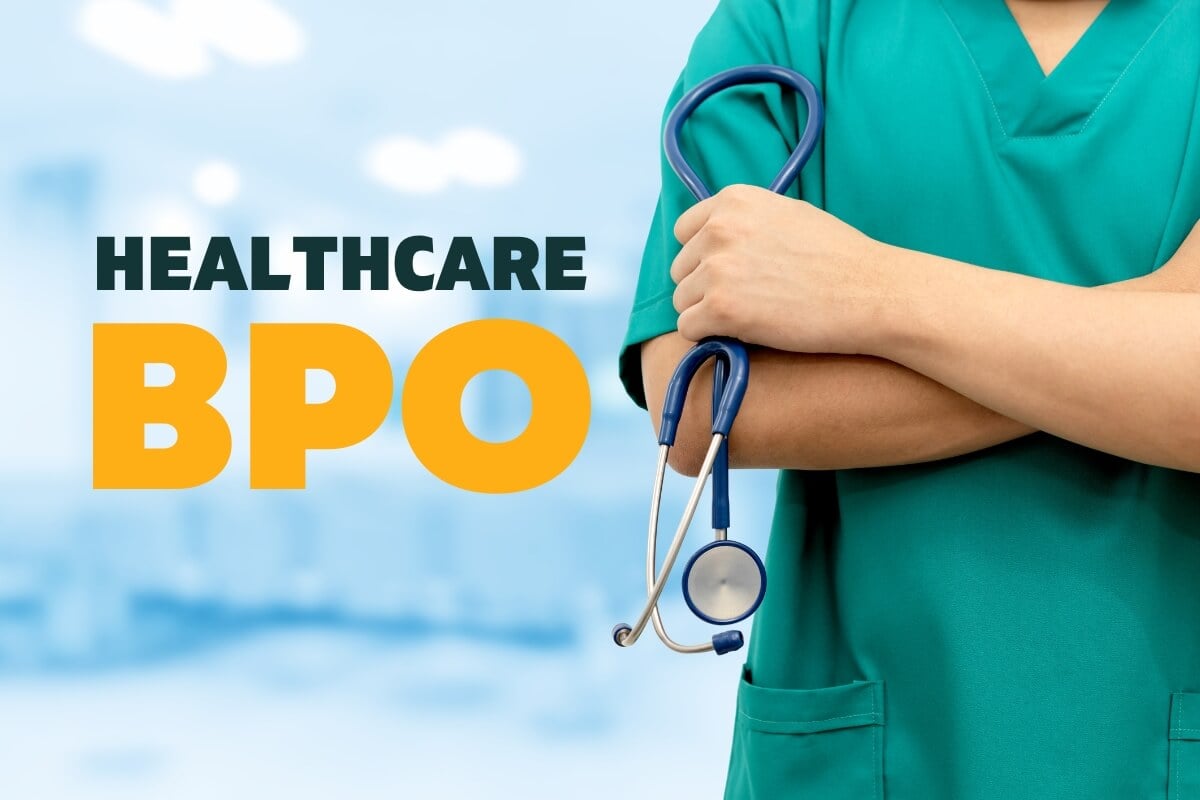A Comprehensive Guide on How Medical Care RCM Works to Simplify Payment and Collections
Navigating the intricacies of healthcare revenue cycle monitoring (RCM) is crucial for companies intending to improve their billing and collections procedures. The guide unboxes the ins and outs of RCM, from client enrollment to receivables administration, offering insights into maximizing each step. Incorporating advanced modern technology and standardized treatments can considerably minimize claim denials and increase repayment cycles. Yet, the true difficulty depends on flawlessly combining these aspects to improve capital. As we check out the core parts and techniques that drive efficiency, one inquiry continues to be: how can medical care entities best placement themselves to thrive economically in an ever-evolving sector?
Recognizing Income Cycle Administration
Realizing the intricacies of Revenue Cycle Administration (RCM) is essential for healthcare organizations aiming to optimize their economic efficiency. RCM is a crucial administrative function that encompasses the entire financial process of patient treatment, from the preliminary consultation readying to the final payment of the balance. It is a complex treatment made to identify, collect, and take care of the earnings from the services offered to patients. Reliable RCM ensures that healthcare service providers receive accurate and timely repayments, lessening the threat of earnings loss and enhancing cash money flow.
The RCM procedure starts when an individual schedules a consultation and prolongs through the client's treatment journey, including billing and collections. A crucial objective is to decrease the time between offering a solution and receiving payment, thus enhancing the organization's monetary health and wellness. RCM involves different features such as client registration, insurance verification, fee capture, coding, claims entry, settlement posting, and taking care of denials and charms.
Secret Elements of RCM
In the realm of Income Cycle Administration (RCM), understanding its essential parts is essential to attaining financial effectiveness within medical care organizations. RCM is a thorough process that encompasses numerous stages, each vital to ensuring effective invoicing and collections. The main parts consist of client registration, insurance policy confirmation, cost capture, coding, claim submission, payment publishing, and balance due monitoring.


When coded, insurance claims are submitted to payers, where accuracy is vital to stay clear of hold-ups or denials - Healthcare RCM. Settlement uploading entails videotaping the received payments, which allows for the settlement of accounts. Lastly, receivables administration concentrates on tracking and resolving overdue cases, guaranteeing prompt follow-up and resolution
Each element of RCM is interconnected, and inefficiencies in any type of component can interrupt the entire cycle. As a result, understanding these aspects is necessary for medical care carriers to optimize earnings and improve their monetary wellness.
Techniques for Efficient Invoicing

Standardizing billing treatments throughout the organization is an additional essential approach. Developing clear standards go to this website for paperwork, coding, and entry assists maintain consistency and conformity with regulatory needs. Educating personnel regularly on these treatments makes sure everybody is up-to-date with the most up to date modifications in billing codes and payer plans.
Exact fee capture is important in stopping income leak. Carrying out regular audits and surveillance systems permits the identification and modification of discrepancies prior to they impact revenue. Furthermore, maintaining open lines of communication with payers helps to swiftly deal with any kind of disagreements or misconceptions that might emerge.

Lastly, appealing people early in the payment procedure by supplying clear quotes and educational materials concerning their economic obligations can considerably lower confusion and boost payment timeliness. These techniques collectively contribute to a much more monetarily healthy and balanced and efficient billing system.
Enhancing Collections Processes
A robust collections process is important for keeping financial stability within health care companies. Given the intricacies of medical invoicing and the selection of payer demands, enhancing the collections process involves carrying out strategic steps that guarantee precise and prompt payment of solutions made. Central to this is the use of innovation to automate and simplify processes, enhancing and reducing manual errors performance. Automation tools can assist in tracking insurance claim statuses, sending out prompt suggestions to patients, and handling rejections more efficiently.
Clear and clear person communications are critical. Supplying comprehensive explanations of costs and supplying versatile payment strategies can boost individual complete satisfaction and prompt repayments.
Routine audits of the collections process must be conducted to recognize areas for renovation and make certain compliance with laws. By evaluating data, medical care organizations can recognize trends, prepare for possible issues, and adapt approaches appropriately (Healthcare RCM). Ultimately, a well-enhanced collections procedure not just supports monetary wellness but also adds to a much more smooth experience for people and team alike
Optimizing Income Streams
Structure upon the structure of a strong collections process, health care companies can additionally reinforce their monetary security by strategically enhancing revenue streams. This includes a multi-faceted technique, starting with a detailed analysis of existing income resources to recognize inefficiencies and locations for development. Employing advanced data analytics tools allows companies to get understandings into payer mix, individual demographics, and solution application patterns, allowing for data-driven decisions that improve profits capture.
Applying automated invoicing systems can significantly reduce mistakes and expedite cases refining, making sure that revenue is gathered more successfully. Additionally, optimizing payer contracts with regular settlements can boost repayment rates and terms, directly impacting the lower line. Diversifying service offerings, such as incorporating telehealth or Continue health programs, can also bring in a broader patient base, hence raising profits capacity.
An additional critical part is improving patient involvement and fulfillment, as pleased clients are a lot more most likely to abide by therapy strategies and make prompt settlements. Using versatile payment options and transparent billing practices can enhance collections and foster patient loyalty. Healthcare RCM. By embracing these strategies, healthcare companies can create an extra resistant monetary framework, making certain continual development and stability in an ever-changing market landscape
Conclusion
Finally, healthcare Profits Cycle Management (RCM) plays an important function in optimizing payment and collections processes by incorporating crucial elements such as person registration, insurance policy verification, charge capture, coding, asserts submission, and balance due monitoring. By utilizing advanced modern technology, standardizing procedures, and cultivating client engagement, doctor can dramatically minimize claim denials, speed up settlement cycles, and enhance cash money circulation. This extensive approach to RCM inevitably causes improved monetary effectiveness and sustainability for healthcare organizations.
The RCM procedure begins when a patient timetables an appointment and extends via the person's care trip, consisting of payment and collections.One more vital component is enhancing patient involvement and satisfaction, as pleased patients are a lot more most likely to adhere to treatment strategies and make prompt repayments. Using adaptable settlement alternatives and clear payment techniques can enhance collections and foster person commitment.In verdict, medical care Earnings Cycle Monitoring (RCM) plays an important function in enhancing invoicing and collections procedures by incorporating vital parts such as individual registration, insurance coverage verification, charge capture, coding, claims submission, and accounts receivable administration. By using sophisticated innovation, standardizing treatments, and cultivating individual interaction, why not check here medical care service providers can dramatically minimize case denials, increase payment cycles, and enhance money circulation.